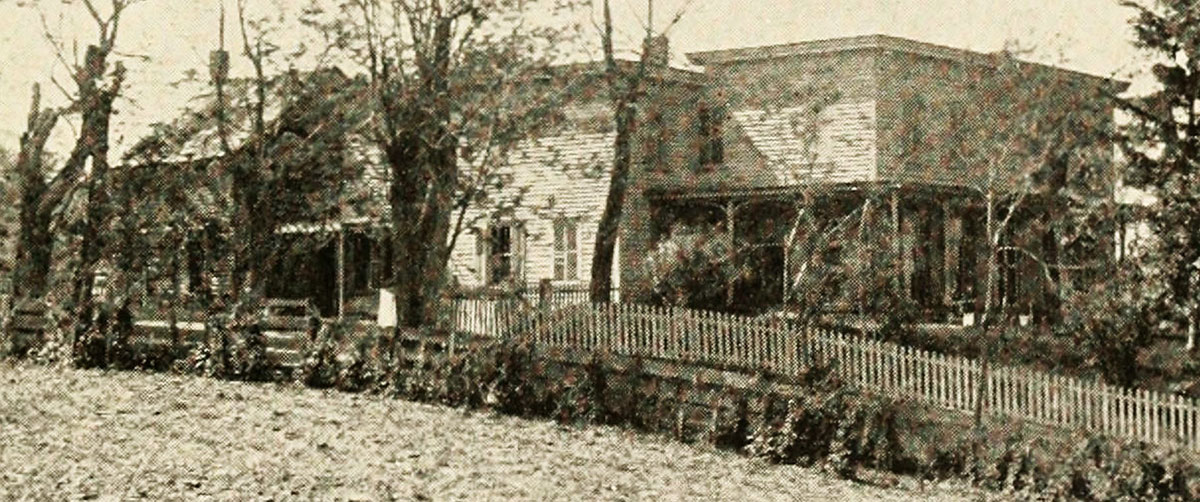Distinguished Historian returns to The Turning Point
Friederike Baer to speak in Saratoga with Hessians presentation
Dr. Friederike Baer will speak at the 3rd Women in War Symposium on Saturday May 4, 2024. The prestigious event will feature a panel of experts on Women in the Revolutionary War.
Her address will describe the experience of Saratoga, "With the Battle of Saratoga our Misfortunes began, Friederike Riedesel in the War for American Independence".
The Symposium will be held at the Old Saratoga American Legion Post in Schuylerville, NY. The location stands within musket range of Gen. John Burgoyne’s last stand of the Battles of Saratoga, now site of the Saratoga Monument.
Dr. Baer has spoken recently at the Saratoga Battlefield and at important conferences throughout the United States. Her book Hessians was awarded the 2023 Society of the Cincinnati Prize and most recently was a Finalist for the American Battlefield Trust Inaugural Military History Book. Other awards include the 2022 American Revolution Round Table of Philadelphia's Book Award, and Distinguished Historian by The Marshall House Inc., preserving the site of the Baroness’s immersion in combat.
Professor Baer continues to research in preparation of further publication. Her website is https://friederikebaer.com/ .
Details can be found at Saratoga250 https://saratoga250.com/events/annual-women-in-war-symposium/
The Bullard Family

The Marshall House, shortly before acquired by Kenneth and Adelaide Bullard
Thomas Kenneth and Adelaide Bullard purchased The Marshall House in 1930 from Elmer Walker, the widower of Jennie Marshall Sample Walker, the last Marshall who lived in the house.
Mrs. Bullard was a teacher of Latin and French. She served as an interpreter for Marie Curie during her visit to the United States in October 1929. The then Adelaide Gannon assisted the scientist in her visit to the White House to meet President Herbert Hover. Later, Madame Curie presented a book with a signed dedication to Miss Gannon, a piece for collectors nowadays in safe-keeping.
Because Mr. Bullard’s father, Dr. Thomas E. Bullard, had long cared for the Marshall ladies, he was familiar with the place, had developed a fondness for it and a desire to save it. The foundation beneath the northeast corner was partially collapsed dropping that corner of the house eight inches below level. To accommodate boarders, rooms upstairs and down had been cut up into small spaces. There were a half dozen shelf chimneys to serve the pot-bellied stoves used for heating. Outbuildings were sagging. The old place had fallen on hard times.
Mr. and Mrs. Bullard effected repairs to the foundation and sills, removed partitions and restored the original division of space. The fireplaces were re-erected on the exterior rather than in the interior. They discovered the original mantle and restored it to the south room.
Leveling the building caused plaster to crack and fall so the walls were freshly plastered. The ornate double front doors with their fluoride glass lights were replaced with a reproduction of the original Dutch door fitted with the hinges, lock and key originally installed by Peter Lansing.
Decaying outbuildings were razed. A central steam heating system replaced the cast-iron stoves with their maze of tin pipes and crumbling chimneys. Three cannonballs that had struck the building when the baroness sheltered here, together with other artifacts, were passed from the Marshalls to the Bullards and remain displayed today.
In 1932, the town historian suggested that two Civil War era coastal artillery cannons be placed on the front lawn. Though inappropriate to the history of the house, they attracted attention. In 1942 Mr. Bullard donated the cannons to the war-time scrap drive.
From 1930 until 1993, sixty-three years, The Marshall House was both a family home and the center of the Bullards’ extensive fruit, vegetable and dairy farm operations. Incidental to these activities, the remains of soldiers who perished in the house during its siege were accidentally exhumed.
Numerous musket balls, coins, shards and old hardware have been found and preserved. Mr. and Mrs. Bullard, working over a span of thirty years, succeeded in returning The Marshall House to its 1868 splendor while simultaneously enhancing those essential features remaining from its great historic moments in the autumn of 1777.
A son of Mr. and Mrs. Bullard continues to reside in the property. He recalls it fondly from his family’s farming days. The comings and goings of college girls who worked the farm during World War II and, later, migrants from Florida, loads of apples and vegetables being readied for shipment to far off markets, hail storms, late frosts, straying cattle, customers thronging the farm store and pruning apple trees during long bitter winters characterized life at The Marshall House.
There were grand family reunions at Thanksgiving and again at Christmas. Mr. Bullard was fond of picnics and upon returning from the fields he surprised his family by declaring an “emergency picnic.” On another occasion after a devastating hail storm had ruined his apple crop Mr. Bullard came home and said to his wife, “Addie, let’s put on some records and dance.” And so they did.
On September 7, 1950 a grand party was held in the house to celebrate Grandma Moses’ ninetieth birthday.
Mrs. Bullard, a teacher of French and Latin, tutored scores of students here. Family reunions were frequent and always great occasions. Across the years hundreds of history buffs and scholars were always welcome to see the house and visit the scenes of Baroness Riedesel’s misadventures.
In working about the place, often are yet found on the grounds musket balls, uniform buttons and shoe buckles. Hardware from long gone outbuildings and barns appear, too.
The great iron key to the front door was borrowed by the mayor of nearby Schuylerville to offer to a visiting governor as key to the village.
This old home for two hundred and thirty odd years has ever been love’s dwelling place.
